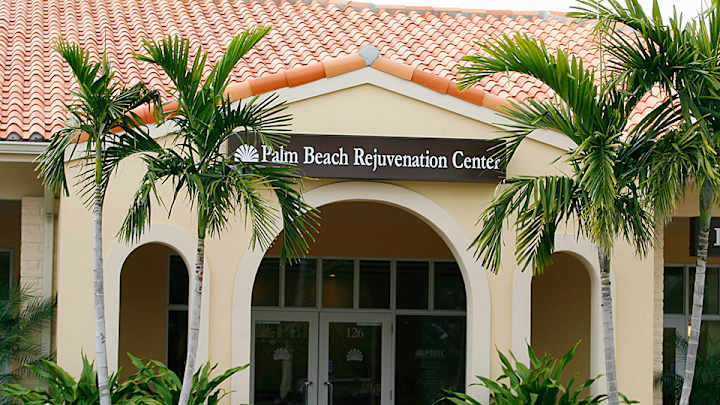What exactly is HGH? A primer on its science and growth in popularity

[Ed.Note: The controversy surrounding an Al Jazeera report that Peyton Manning, among other athletes, received HGH continues. While SI.com is making no judgment about the report’s validity, the story provides an opportunity to learn more about HGH and its functionality. Thus, we've enlisted Dr. Michael Joyner, an expert in human performance from the Mayo Clinic in Rochester, Minn. to offer a primer.]
Growth hormone is in the sports news again, this time as a possible aid in injury recovery. So what is growth hormone? What does it do? Can it aid recovery from injury?
Human Growth Hormone, also known as GH or HGH, is a peptide hormone made up of 191 amino acids, the tiny building blocks of all proteins. It is secreted from the pituitary gland located in the brain. The pituitary gland is one of the areas in the body that helps us respond to stress and also helps regulate metabolism. As the name implies, GH is an anabolic hormone meaning it can cause bone and muscle to grow. It also increases in response to intense exercise.
The left-handed logic of New York Giants wideout Odell Beckham Jr.
In kids, lack of GH causes short stature and growth failure. Excessive GH causes acromegaly and all sorts of other medical problems as famously seen in the late professional wrestler Andre the Giant. For many years the only source of treatment for GH deficiency in kids was GH obtained and purified from human cadavers. However a biotech version of the drug became available in the 1980s and this was a boon to patients. It also vastly increased the supply of GH which quickly became a favored doping agent in part because testing for steroids improved progressively and testing for GH remains technically challenging. GH also became a favored, and controversial, compound for the “medical” anti-aging industry because GH levels can decline with aging.
So there are plenty of reasons an athlete who wants to increase their muscle mass might use GH as a doping agent. However, the studies that have actually looked at how administration of GH interacts with muscle growth and strength with weight lifting have almost all been on older men and not shown much beneficial effect. However, what happens in older men as part of a well-controlled study is probably not representative of what elite athletes might or might not be doing and how they would respond. Often times the dopers are way ahead of the science about what works and speculation that GH is widely used in the NFL is not new.
IAAF doping scandal: How to improve PED testing amidst corruption
Another idea out there is that GH might speed healing and recovery of muscles, ligaments and tendons after an injury or surgery. The scientific evidence for this idea is better and at least a couple of good studies show that GH administration can counteract some of the effects of immobilization on connective tissue and muscle. This theoretically could aid in recovery from injury and as you read this there is a well-designed and transparent study of GH and recovery from ACL surgery going on at the University of Michigan—funded by the foundation of Dallas Mavericks owner Mark Cuban.
If this study or others on related topics are positive, it will raise all sorts of questions for those who want to regulate the use of performance enhancing drugs in and out of sports. Will it be OK to use banned drugs for a brief period during recovery? If so, what substances, for how long and under what circumstances?
There are plenty of gray areas in sports doping, and if banned substances are shown to aid recovery from injury then look for things to get even grayer.
Michael Joyner, is an expert in human performance at the Mayo Clinic, these views are his own. You can follow him on twitter @DrMJoyner
